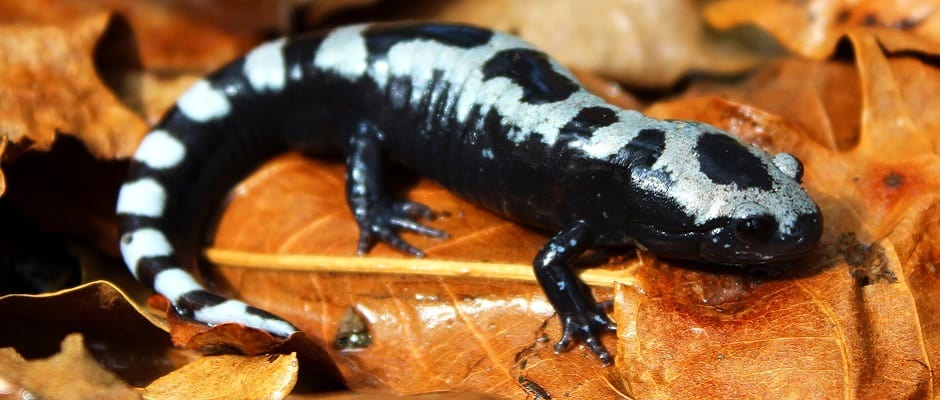Share this article
Canada restricts import of salamanders to prevent spread of disease
Through an amendment to the Wild Animal and Plant Trade Regulations (WAPTR), Canada implemented a one-year import restriction on all salamander species within the order Caudata, effective May 12, 2017 through May 11, 2018.The restriction was put in place to prevent the introduction and spread of a disease-causing chytrid fungus known as Batrachochytrium salamandrivorans (Bsal).
Bsal is believed to have originated in Asia and has spread primarily via the pet trade industry. Many Asian salamander species have developed resistance to the fungus while salamanders in other parts of the world are highly susceptible to infection. Bsal can lead to skin lesions, loss of bodily control, and eventual death. Once the fungi have been introduced, infection can spread via skin-to-skin contact and/or through the environment by coming into contact with organic materials like mud, water, and leaf litter. Infection has been seen to have detrimental effects on the populations of salamanders in Europe. There are currently no known cases in the U.S. or Canada.
The import restriction applies to all Caudata species — salamanders, newts, and mudpuppies — “whether living or dead, and including their eggs, sperm, tissue culture or embryos, or any part or derivative of a salamander, for a period of one-year, unless authorized by a permit issued by [Environment and Climate Change Canada].” The new restriction does not apply to interprovincial transport.
During the one-year import restriction, Canada plans to explore longer-term measures to protect Canadian salamanders.
Similarly, the U.S. instituted regulations on salamander importation and interstate transport under the Injurious Species section of the Lacey Act in 2016. TWS and the Virginia Chapter of The Wildlife Society each submitted comments supporting the 2016 USFWS Interim Rule listing 201 salamander species as injurious. As an injurious species, USFWS has the authority under the Lacey Act to ban all importation of the species unless authorized by a valid USFWS permit.
Recently, however, the D.C. Circuit Court of Appeals affirmed a ruling that restricts USFWS from regulating interstate transport of any injurious wildlife species listed under the Lacey Act — this includes salamanders. USFWS will continue to have the authority to regulate international transport of salamanders, though, and states may choose to implement their own regulations to prevent the spread of invasive species and/or wildlife pathogens.
In the 2016 comments in support of listing, TWS also recognized the need for new legislation to address emerging wildlife diseases in a proactive and comprehensive manner.
Header Image: ©Peter Paplanus








